Proteins play a role in virtually every activity in the body. They make up hair and nails, help muscles move, protect against infection, and more. Many NIGMS-funded researchers study the rich variety of proteins in humans and other organisms to shed light on their roles in health and disease.
Take our quiz to test how much you know about proteins. Afterward, find more quizzes and other fun learning tools on our activities and multimedia webpage, which includes an interactive protein alphabet.
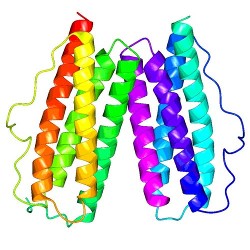
#1. What are proteins made of?
Share...
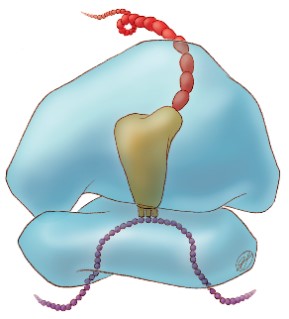
#2. Which of these contains an organism’s instructions for building proteins?
The correct answer is A. An organism’s DNA contains instructions for building all the proteins its body needs.
Share...
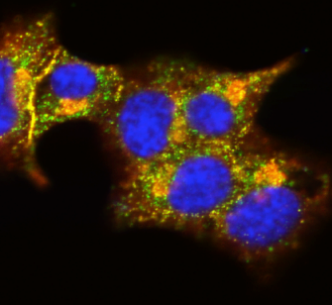
#3. Which one of these types of proteins acts as a chemical messenger?
The correct answer is D. Hormones carry messages throughout the body. Antibodies help protect the body from foreign invaders, like bacteria and viruses. Transporters help vital substances enter and exit cells, and chaperones help other proteins fold into their proper shapes.
Share...
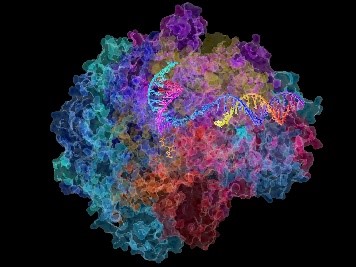
#4. What are proteins that speed up chemical reactions called?
The correct answer is B. Enzymes speed up chemical reactions in the body by reducing the amount of energy needed for the reactions to proceed. Without enzymes, many of these reactions, such as those involved in breaking down food and replicating DNA, wouldn’t occur quickly enough to sustain life.
Share...
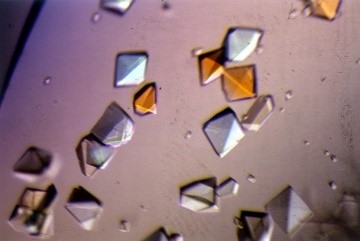
#5. Which of these is an enzyme that breaks down starch from food?
The correct answer is A. Amylase breaks down starch. Lactase is an enzyme that breaks down lactose, a sugar in milk. (The ending “-ase” often indicates that a molecule is an enzyme.) Hemoglobin and myosin are nonenzyme proteins that transport oxygen in the blood and help muscles move, respectively.
Share...
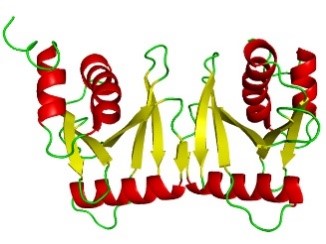
#6. Before a protein is complete and ready to do its job, what process must its string of amino acids go through?
The correct answer is D. Folding is an important step in protein production because proteins’ shapes (structures) enable them to carry out their functions. Misshapen proteins can stop working and build up in tissues, causing disease.
Share...
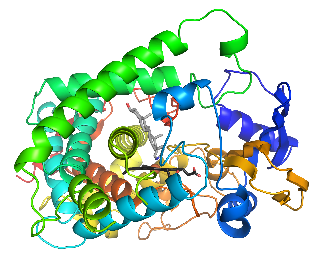
#7. Understanding the shapes of human proteins can help researchers with which process?
The correct answer is B. Medicines typically work by either blocking or improving the activity of specific proteins in the body. Knowing the structures of these proteins can help scientists develop drugs that target the proteins. The NIGMS-supported Protein Data Bank makes thousands of protein structures available online, and researchers developing medicines have used these structures to guide their work.
Share...
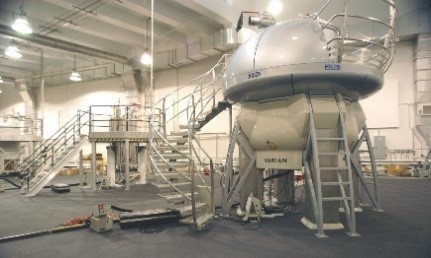





Good
I really enjoyed this quiz!! Great idea for refreshing one’s memory, and learning a few things..
Very nice way to teach about proteins to young students.
I teach Viral Oncology, Genomics and Proteomics and will use these slides for teaching young students during summer.
Thanks
Great made me think a few times
As an Applied Biology Student, this quiz refreshed what I have learned about proteins as well as learning about protein structure prediction research and how it can benefit medical science and health.
A great review and learning experience.
It is quite refreshing
Another educational refreshing quiz. Enjoy them.
Thank you so much it’s very helpful in refreshing the topic